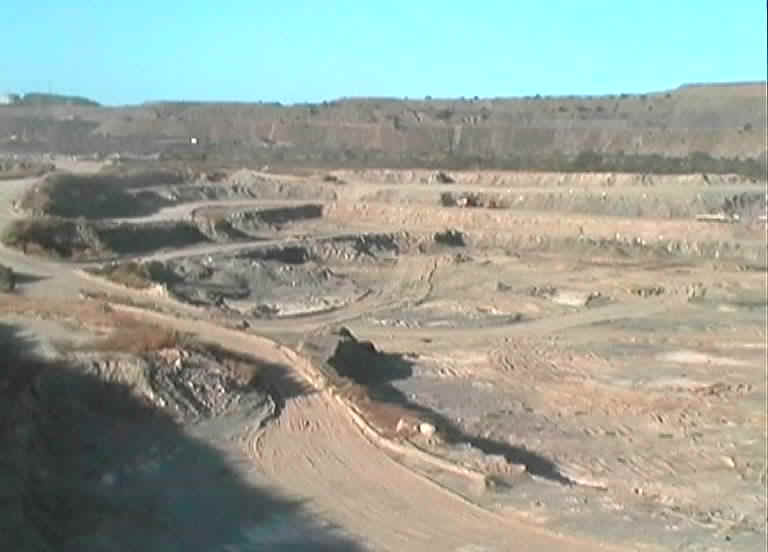Description: Vermiculite is the mineralogical name given to hydrated laminar magnesium-aluminum-ironsilicate which resembles mica in appearance (Mg,Ca,K,Fe11)3(Si,AL,Fe111)4O10(OH)2O4H2O.
Deposit Locations: Vermiculite is found in various parts of the world. Locations of the predominant commercial mines are in Australia, Brazil, China, Kenya, South Africa, USA and Zimbabwe. Vermiculite mines are surface operations where ore is separated from other minerals, and then screened or classified into several basic particle sizes.
From a geological perspective, almost all of the commercial vermiculite mines operating today work in deposits which were formed in pre-Cambrian and Archean deposits (1.5-3.0 billion years old). These are quite different from the former Libby, Montana deposit which was Triassic in age (225 million years old).
Production and properties: When subjected to heat vermiculite has the unusual property of exfoliating or expanding into worm-like pieces (the name vermiculite is derived from the Latin 'vermiculare' - to breed worms). This characteristic of exfoliation, the basis for commercial use of the mineral, is the result of the mechanical separation of the layers by the rapid conversion of contained water to steam. The increase in bulk volume of commercial grades is 8 to 12 times, but individual flakes may exfoliate as many as 30 times. There is a color change during expansion that is dependent upon the composition of the vermiculite and furnace temperature. The bulk density of crude vermiculite or vermiculite concentrate is in the range of 640-1120 kg/m³ (40-70 lb/ft³) and exfoliated or expanded vermiculite is in the range of 64-160 kg/m³ (4-10 lb/ft³).
Construction uses of Vermiculite: The Palabora Vermiculite Mine
The Palabora Vermiculite Mine